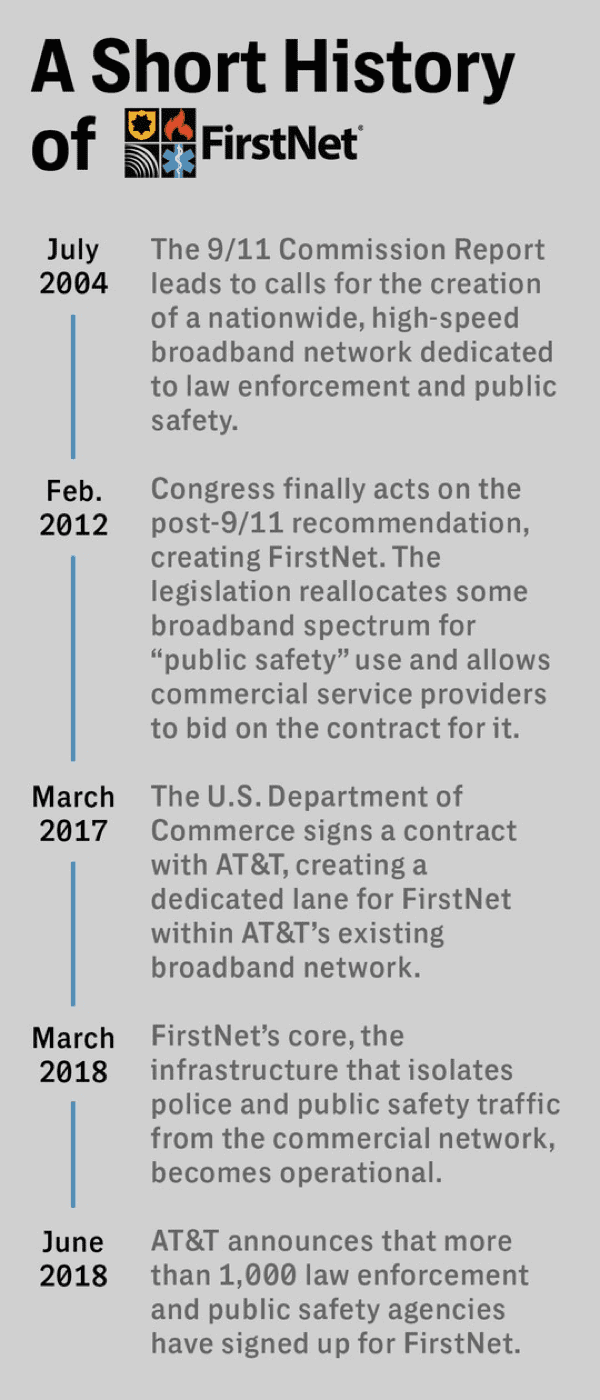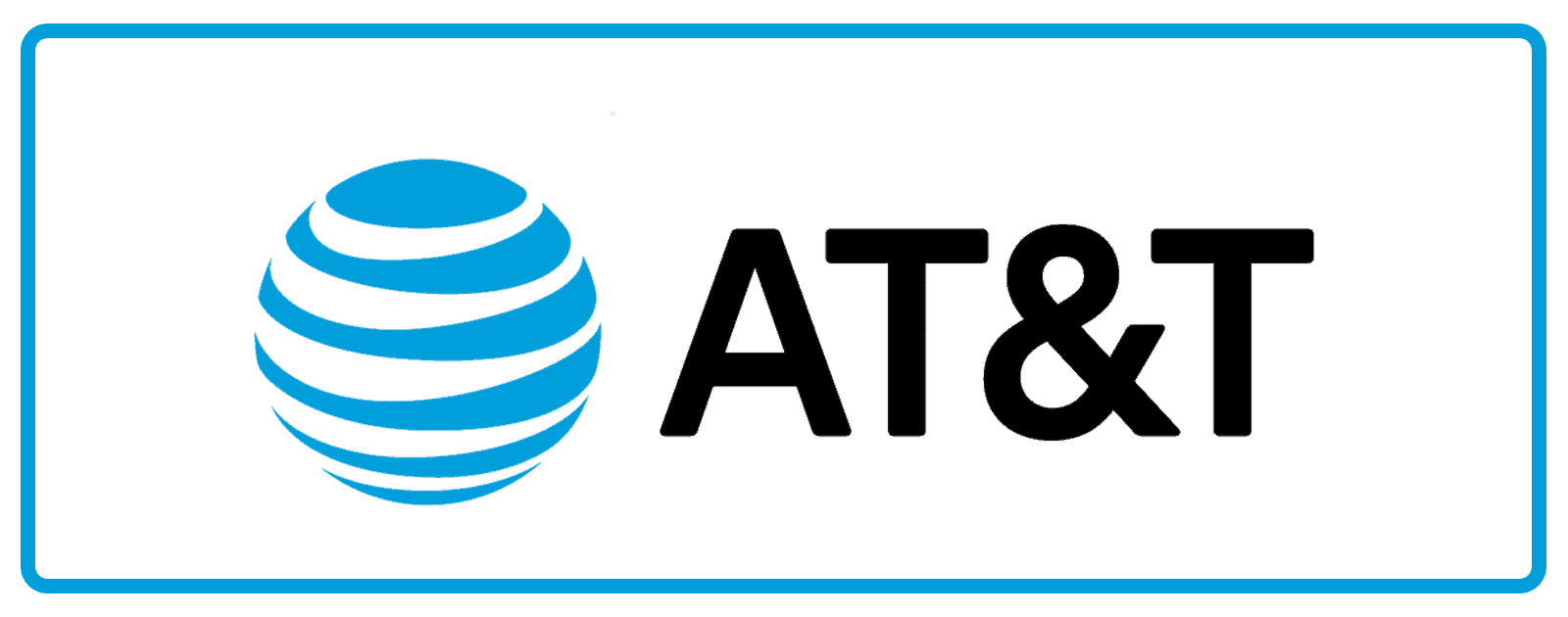
In more surveillance news, it seems that cops around the country are getting access to broadband surveillance. A program called FirstNet is expanding surveillance options to law enforcement agencies (via The Intercept).
[TSA Tracking Involves Everyone, Not Just Terrorists]
Broadband Surveillance
Publicly available documents, alongside interviews with participants, stakeholders, and government researchers with knowledge of the program, say that FirstNet will help agencies like the U.S. Customs and Border Protection to communicate with local police.
It will use AT&T’s broadband network to give officers more information and speed up development of the law enforcement app industry. However, it will use encrypted networks, instead of public radio frequencies currently in use.
FirstNet is a public-private partnership that creates a dedicated lane for public safety agencies within AT&T’s existing broadband network. As of January, all U.S. states had opted in to FirstNet, meaning that they agreed not to build their own competing broadband lanes for law enforcement and public safety. Then, in March, AT&T announced that FirstNet’s core — the infrastructure that isolates police traffic from the commercial network — had become operational at last.
The government gave AT&T free rights to the 20MHz broadband spectrum, as well as US$6.5 billion for the network rollout. In return AT&T has to spend US$40 billion over the next 25 years on network expansion and maintenance.

“Cops Are Getting Access to Broadband Surveillance”
Hey Andrew – this headline suggests that cops are getting the ability to surveil broadband. And that is NOT what the body text describes. What they’re getting is the ability to use broadband in their surveillance actions.
This is a “fake news”-type headline and not worthy of TMO. The editors can and should do better.
Just to be persnickety, that’s “20MHz of broadband spectrum”: you can’t do broadband at 20MHz, which is in the shortwave bands, and offers too lttle badwidth. If I were the forces of order, I’d want that 20MHz to be allocated at around 800MHz, in spectrum freed up when analog broacast TV closed down: these signals travel further and go through walls better than higher frequency. But the marketing-type materials released about FirstNet don’t bother themselves with techie-satisfying facts like that.
If you read the article at The Intercept you’ll see that the system is a chunk of the existing AT&T network, but with pre-emption and prioritization.